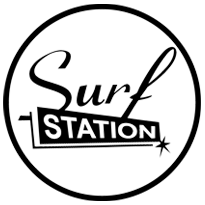Your Cart is Empty
Questions? Call (904) 471-9463 • Text: (904) 540-1732 ~ Customer service is #1
Menu
-
- ORIGINALS
- SALE
- BRANDS
- SURF
- SKATE
- GEAR
-
- MEN
- WOMEN
- KIDS
- NEWS
- REPORT
- INFO
- Gift Cards
- Shipping
- Returns
- FAQ's
- 1-800-460-6394
- Login

0
Your Cart is Empty
Questions? Call (904) 471-9463 • Text: (904) 540-1732 ~ Customer service is #1

